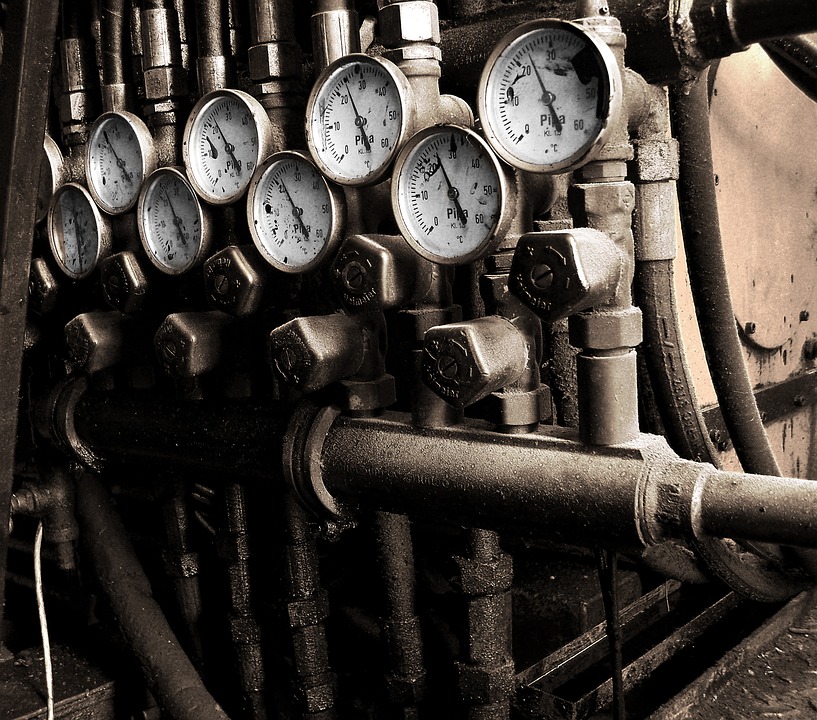Curing resin is a tricky business. Since CIPP depends on resin to form new linings within existing pipes, it’s a critical step for CIPP technicians. Everything depends on temperature, and it’s challenging to deliver even heat underground. Uneven or irregular warmth creates flaws in the liner that could undo days of hard work. Fortunately, CIPP technicians understand the obstacles and have the techniques to overcome them.
Why is Temperature Important in CIPP?
CIPP uses a liner saturated with resin in order to create a new liner inside of existing pipes. Unlike traditional trench methods of pipe repair and replacement, CIPP lines take some time to cure. Resin curing requires a certain degree of heat. This allows bonds to form in the liquid or gel in the new liner, hardening the new liner into a solid pipe. It’s vital for this process to go smoothly, and for the liner to receive uniform heat. Irregular heat can create costly flaws in the finished liner, including delaminating and over-tensioning. To ensure a uniform product at the end of the process, the liner needs even heat. Even the slightest variable could have significant ramifications.
Obstacles to Temperature Control
Although the ground doesn’t see the rapid temperature shifts that the air causes, long stretches of pipeline rarely enjoy an even temperature. CIPP temperature for resin curing purposes is especially susceptible to those variations. Hills, uneven pipe depths, and proximity to water all create the potential for temperature shifts. Changing seasons, especially when thaws or frosts are in the forecast, further complicate matters. Shifting temperatures before the resin has time to cure will cause as many issues as varied temperatures in different parts of the pipe. Precipitation also leads to temperature shifts. Without a steady source of heat, a new CIPP liner can be ruined before it has time to cure by one sudden fall of rain.
Procedural Solutions
CIPP temperature management is a critical step in any professional technician’s process. While it’s technically possible to let resin cure on its own, the best way to ensure a solid, damage-free liner is to manage the heat directly. Since CIPP work is all about the interior of a pipeline, technicians usually help resin cure by heating it from the inside. A popular method uses heated water channeled through a specialized sleeve. This keeps the temperature relatively steady, and in such tight confines, the water doesn’t lose its heat very quickly. Others use steam to the same effect. In both cases, water provides a cheap and reliable heat source that even distributes warmth along the full CIPP liner.
By utilizing the even heating properties of water and steam, can precisely manage CIPP temperature. Even heating is the key to properly cured resin, and technicians understand the risks of leaving a new liner to cure on its own. The water and steam heating technique is one of the key elements in CIPP’s success as a pipe repair and replacement process. Without it, the results would never be so reliable.
